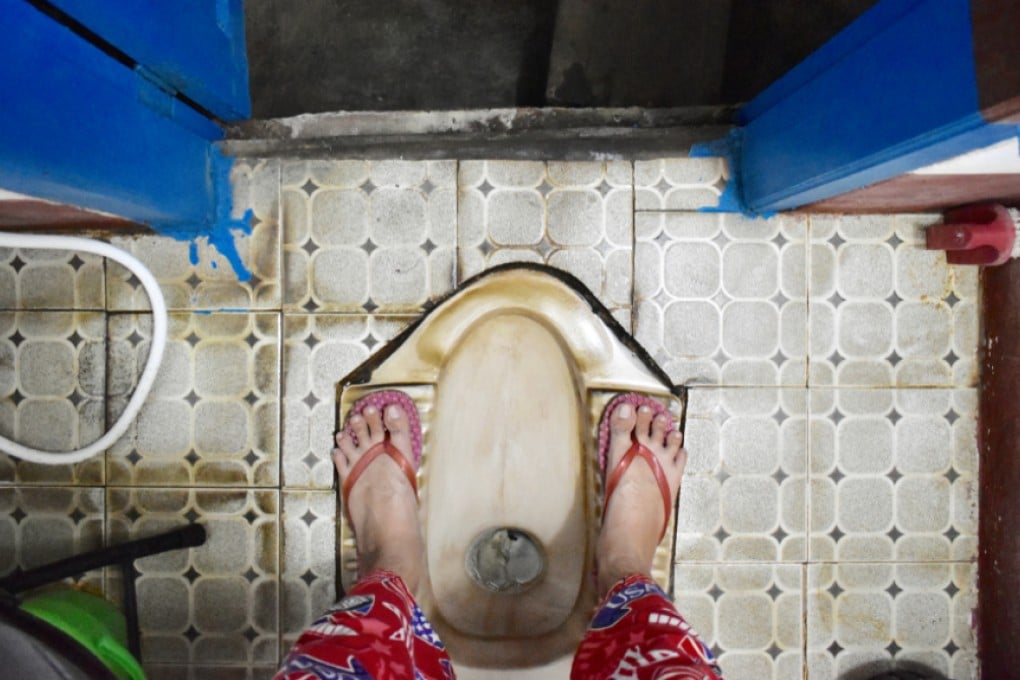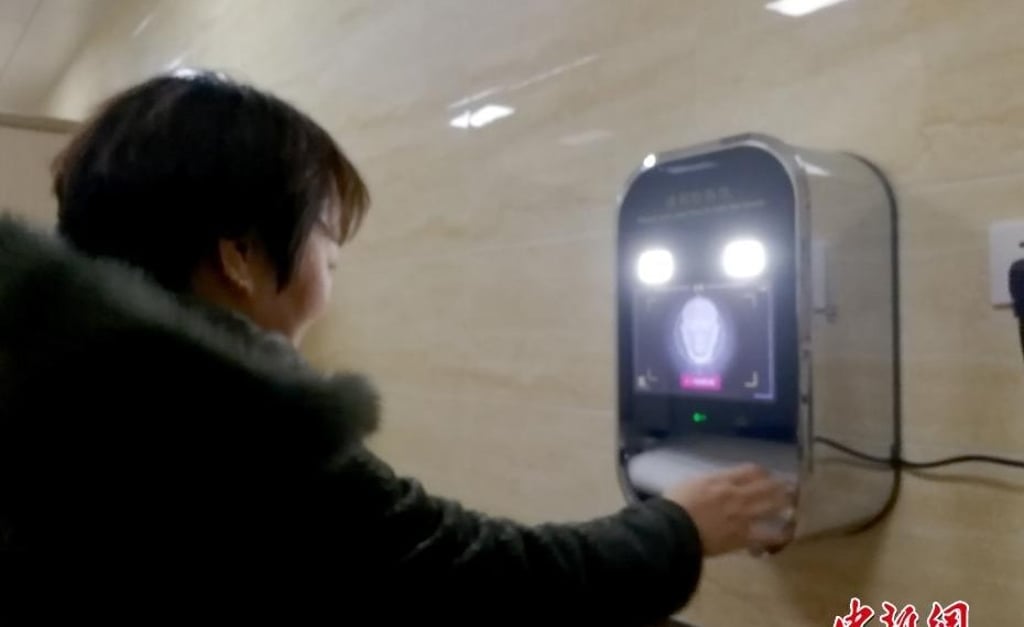China’s public toilets have facial recognition now… thanks to Xi Jinping
Toilets across China are now requiring face scans or WeChat to dispense toilet paper

You stand in the yellow identification area. You bring your face close to the facial recognition machine. Three seconds later, exactly 90 centimeters of toilet paper is dispensed. You go in, do your business (but not for too long, otherwise an alarm will sound off). The sensors inside the toilet evaluate ammonium levels and release a deodorant if necessary.
Going to the toilet in China might not be quite what you’re used to.

Most locals would be quick to point out that the high-tech solutions are necessary not just for the sake of hygiene, but also to prevent toilet paper theft. Shifty grandmas stuffing their pockets full of free tissue is a real thing… and difficult to control.
However, there might be another reason why gimmicky toilet-related tech has proliferated so much in China: Xi Jinping.
In 2015, China’s President proclaimed the “Toilet Revolution.” The policy is aimed at improving infamously smelly and poorly equipped public toilets.
But it’s not just residents that are enthusiastic. Aside from state media, who have been regularly praising the fruits of the Toilet Revolution, local administrators have also embraced it.